Taylor Swift is in trouble again and I am loving it.
The media dance is almost nostalgic to me now, as a seasoned Swifty of 13 years.
The furore riding on the coat tails of her every success – crying ‘slut’ or ‘calculated’ or ‘snake’ or ‘victim complex’ – and her ceaseless ability to recalibrate and come out on top, every single time.
It’s fun to watch, if grating to see.
This week’s hurled accusation is ‘fatphobic’, after her record-smashing music video for aptly-titled new single Anti-Hero depicted a tired, plainly-dressed (and undeniably slim) Swift stepping on scales which read ‘FAT’, and a second, glamourous Taylor shaking her head in disapproval.
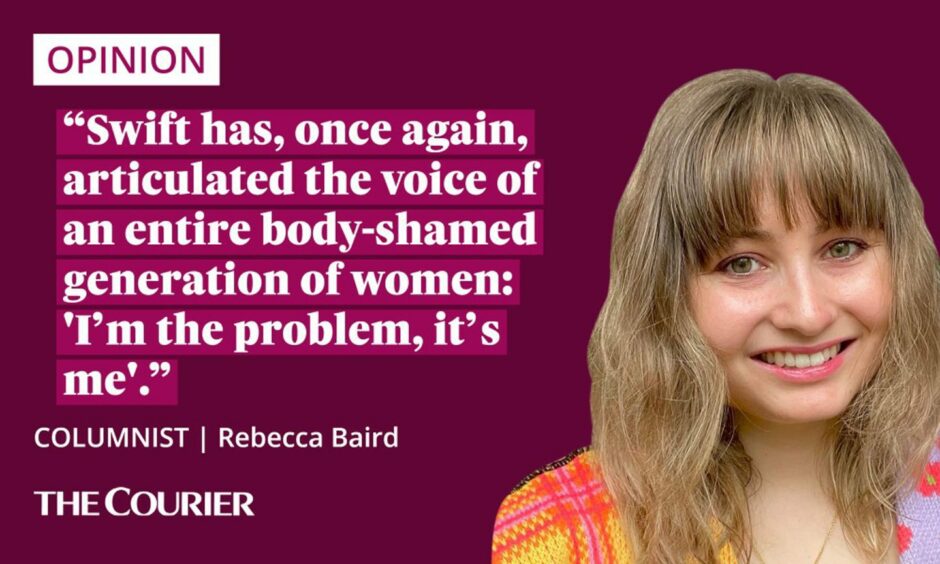
I’ll be honest – it jarred with me upon the first watch; even amid the high camp of the video, it felt tone-deaf and impolite at best, problematic and outdated at worst, to have the word ‘fat’ as a negative in 2022.
I wasn’t the only one who felt uncomfortable, evidently – because a week later, the video has been edited so the disapproval of the body on the scale remains, but the reading – ‘FAT’ – on the scale does not.
Problem solved and lesson learned, one might think. But I’m not convinced that the right lesson has been learned here.
She shouldn’t have edited that video, because it was honest – and honesty is hard to come by in pop culture.
Yes, the Taylor Swift in the video was body shaming – quote me on that
Admittedly I’m biased, as someone who has found a lot of comfort in Swift’s lyrics over the years because they reflect so much of my own (white, privileged, slim-ish, able-bodied, cisgender) female experience.
And it’s true that in a song which Swift herself showcases as a lyrical whistle-stop tour of her demons, this scene is the definition of fatphobia – to be ‘fat’, or even to be called it is, according to the video, something she’s afraid of.
And in a body positive 2022 where ‘fat’ is not an insult anymore, we’d tell her she shouldn’t be.
But my question is – how could she not be?
Be ashamed of your body, then ashamed of your shame
Growing up in the 90s and early noughties, ‘fat’ wasn’t a ‘body type’; it was a synonym for ‘ugly’.
Heroin chic was in, nothing tasted as good as skinny felt and weight-watching was a lifestyle brand, not a disorder.
So when 17-year-old Swift hit the charts in 2006, with legs for days and a clavicle you could cut glass on, she was the epitome of the ‘perfect body’.
Six years younger and looking up to her, I resented her effortlessly skinny frame with the same passion that I loved her lyrics.
My teenage brain didn’t have the wisdom to know my idol was suffering from an eating disorder, fuelled by the intrusive, incessant, and completely illogical (but no less real for it) body dysmorphia that the Anti-Hero video depicts.
I just wanted to look like Taylor Swift – so I stopped eating.
What I didn’t know then was that in order to look like Taylor Swift, Taylor Swift wasn’t eating either.
Referring to her size double zero years in Netflix documentary Miss Americana, Swift admits: “I would’ve defended it to anyone who said, ‘We’re concerned about you.’ I would’ve said: ‘What are you talking about? Of course I eat… I just exercise a lot.’ And I did exercise a lot. But I wasn’t eating.”
Of course she wasn’t. Even now, on the healthier side of slim, she can’t adjust a button on her jacket or wear a flowy gown without rumours of pregnancy running rampant.
Fat, for Taylor Swift at least, has never been allowed.
Millennial women know fatphobia All Too Well
But that admission and the music video scene – the acknowledgement that her body image was one she herself was crippled in striving to uphold – allowed my adolescent self to exhale long, long after I’d dealt with my own issues with food.
Which is why to me, censoring the existence of fatphobia in art is not the way to battle body shaming.
And forcing artists to literally edit their lived experience in order to align with culture’s progressive narratives is no way to actually progress.
Discomfort in art is warranted, necessary even. And not every depiction of shame has to be a perpetuating force; sometimes (and this is one of those times) it can be a healing one.
Words are important, which is why the word ‘fat’ as a negative, in a video by a slim creator in 2022, rightly inflamed so many people. Fat is not, and should not be, a dirty word.
But rightly or wrongly, fatphobia is a truth many people – particularly Millennial women – have lived or are living.
It’s a shame we carry, and that we’re in turn, ironically, ashamed of; a shame we’re unlearning as society grows for the better. A shame of our inner anti-heroes, the ones that come out in the mirror even as we try our best to take a good long look at ourselves.
But it’s there, a nagging residual earworm from our collective youth, relentlessly echoing words with which Swift has, once again, articulated the voice of an entire body-shamed generation of women: “I’m the problem, it’s me.”
If you or someone you love is affected by the issues mentioned in this article, help and resources are available here.
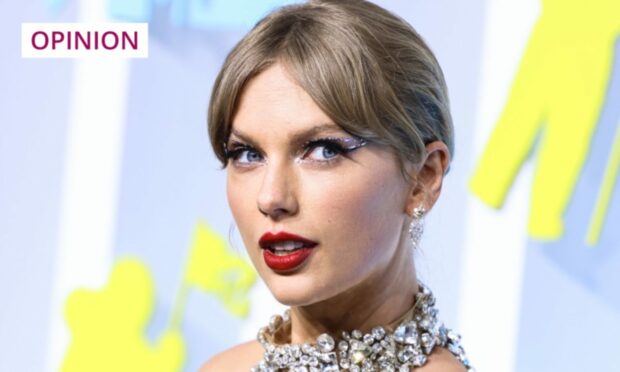
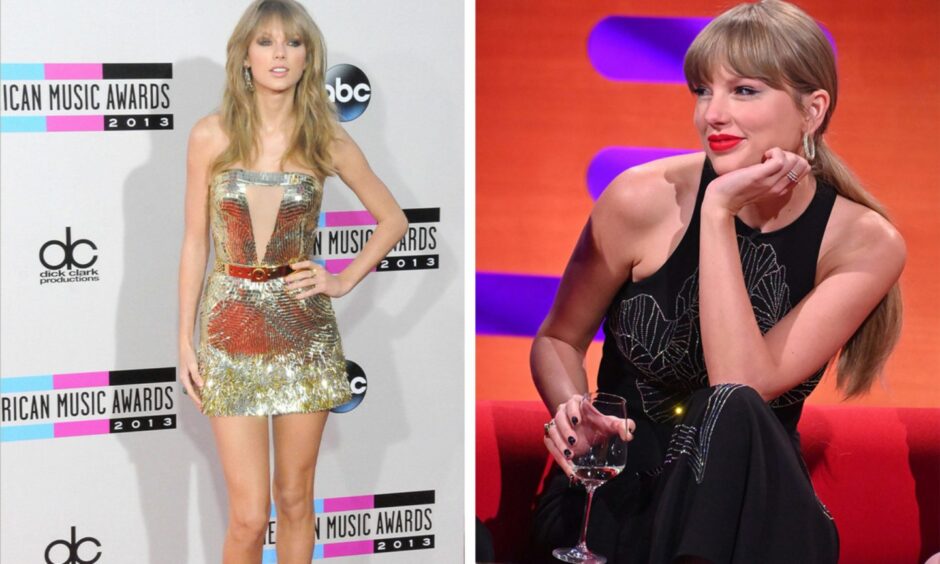
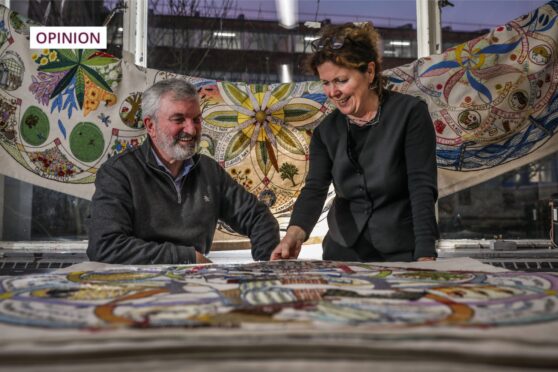


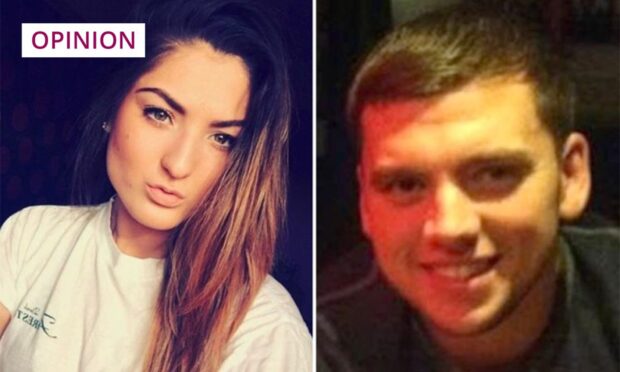





Conversation